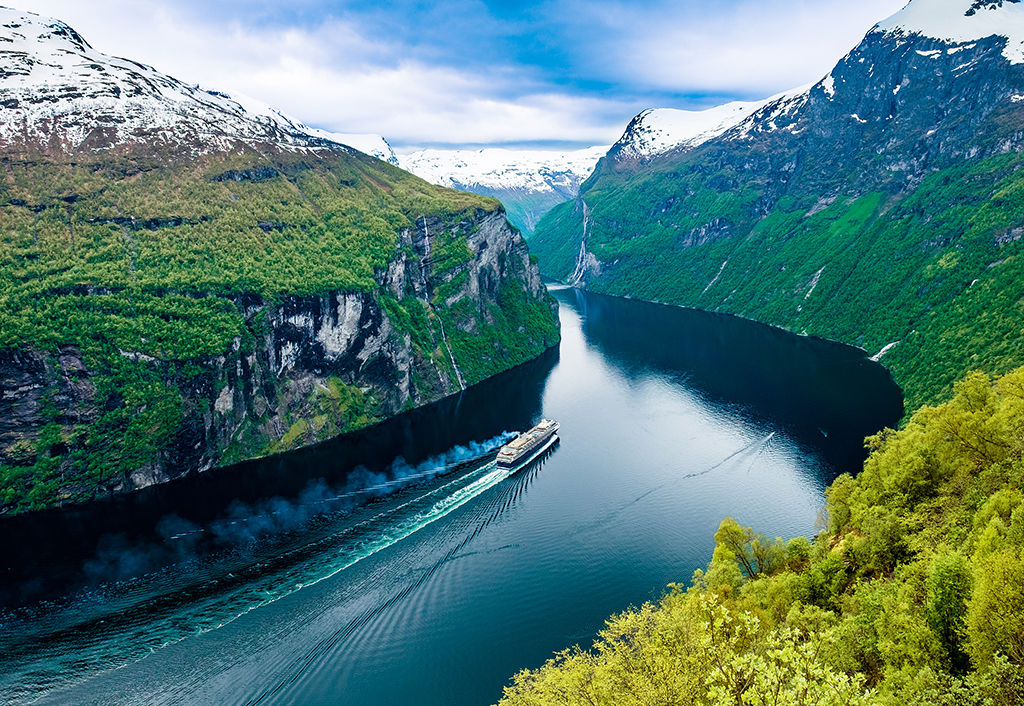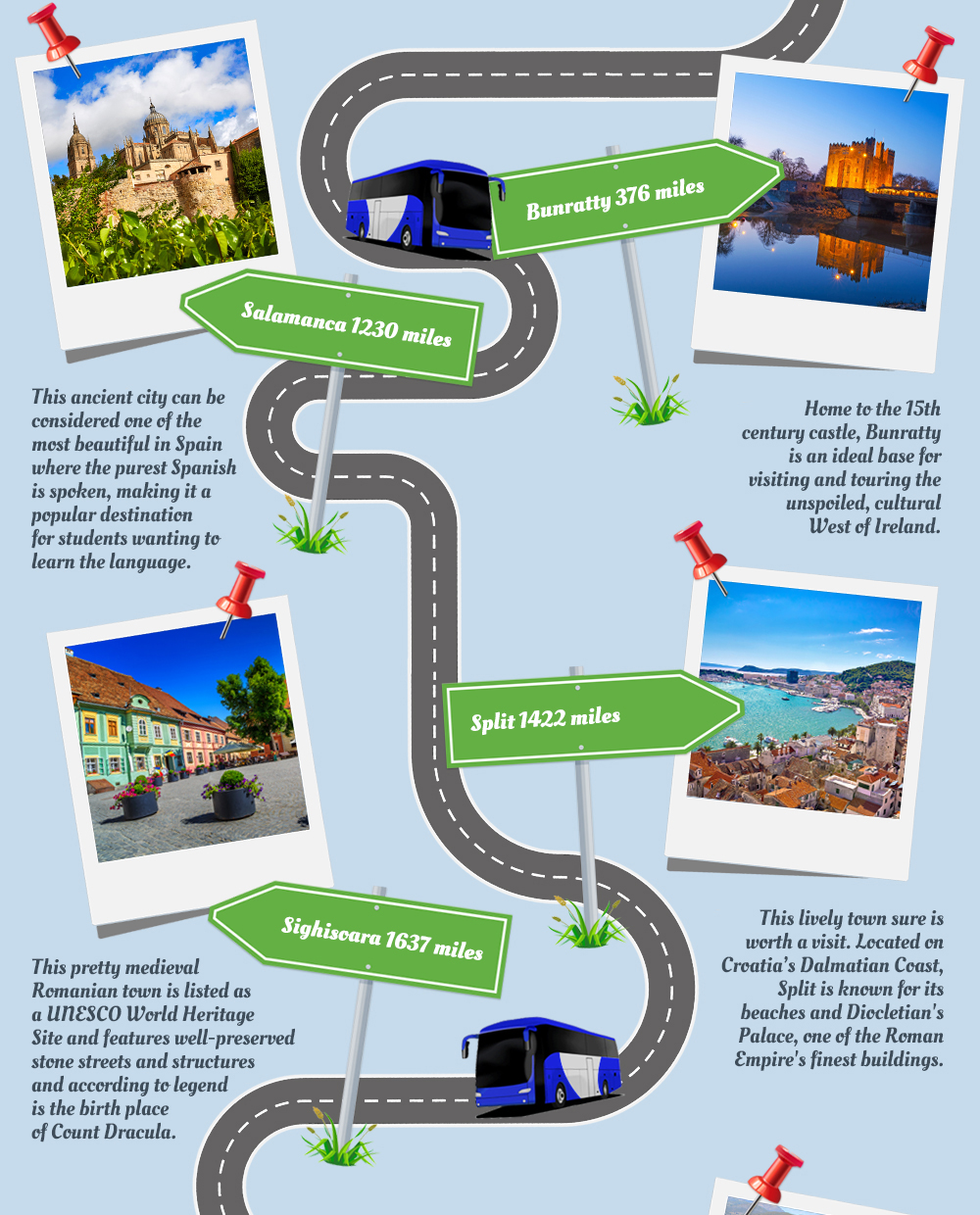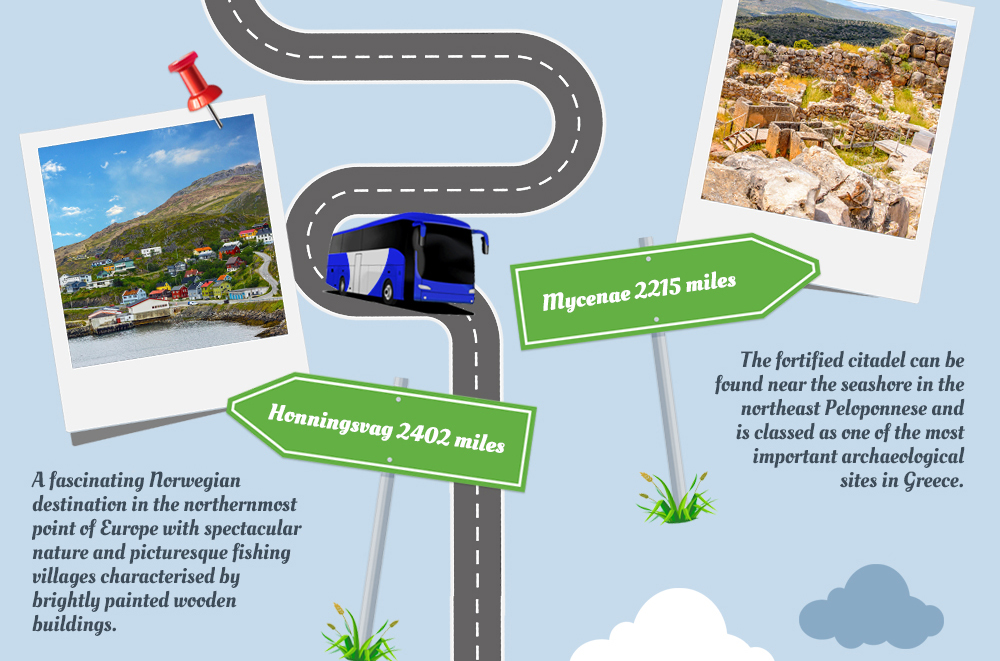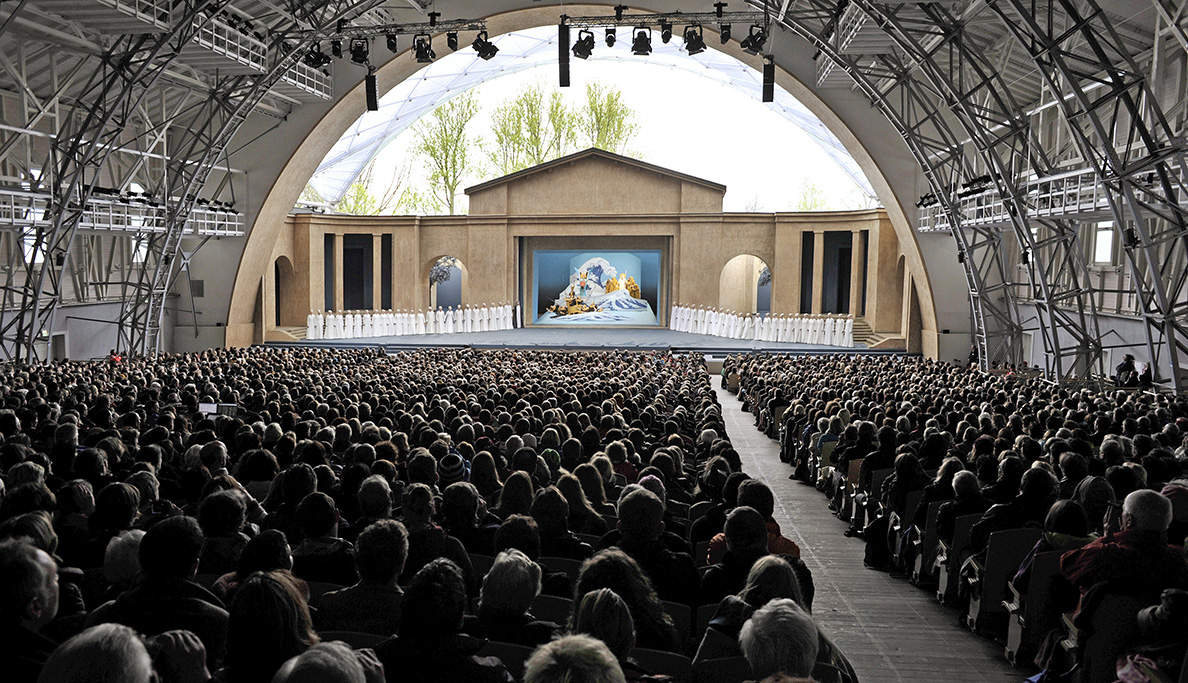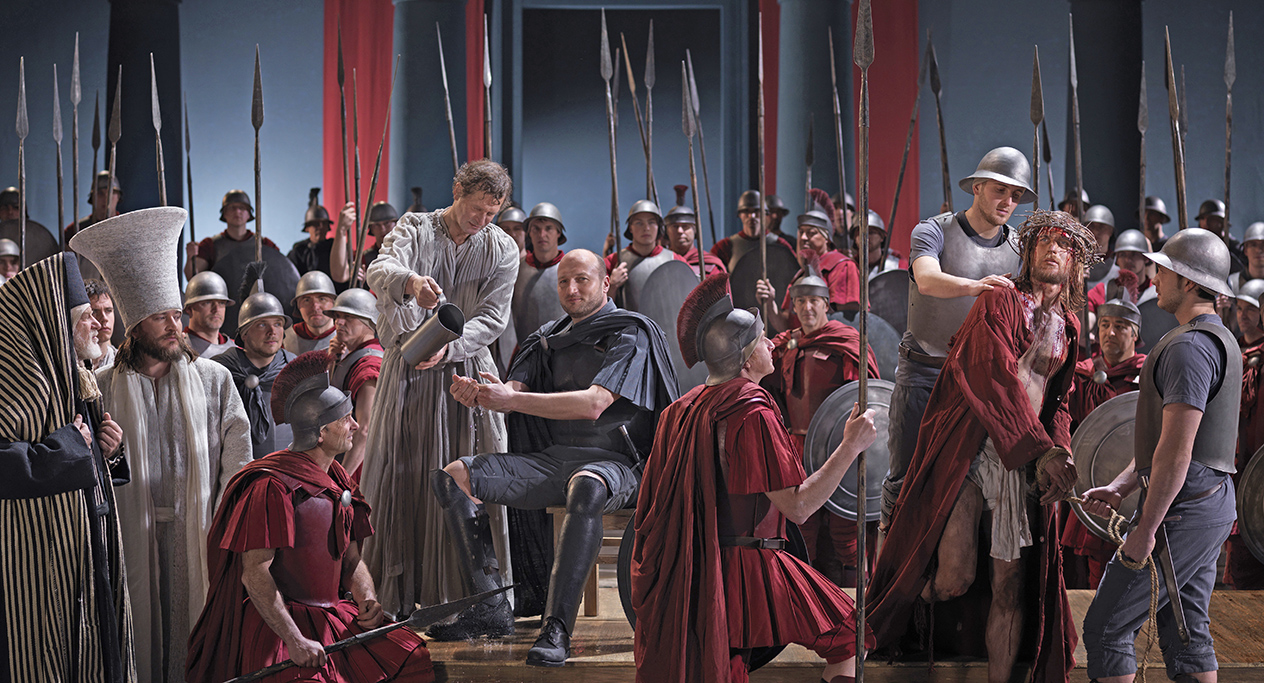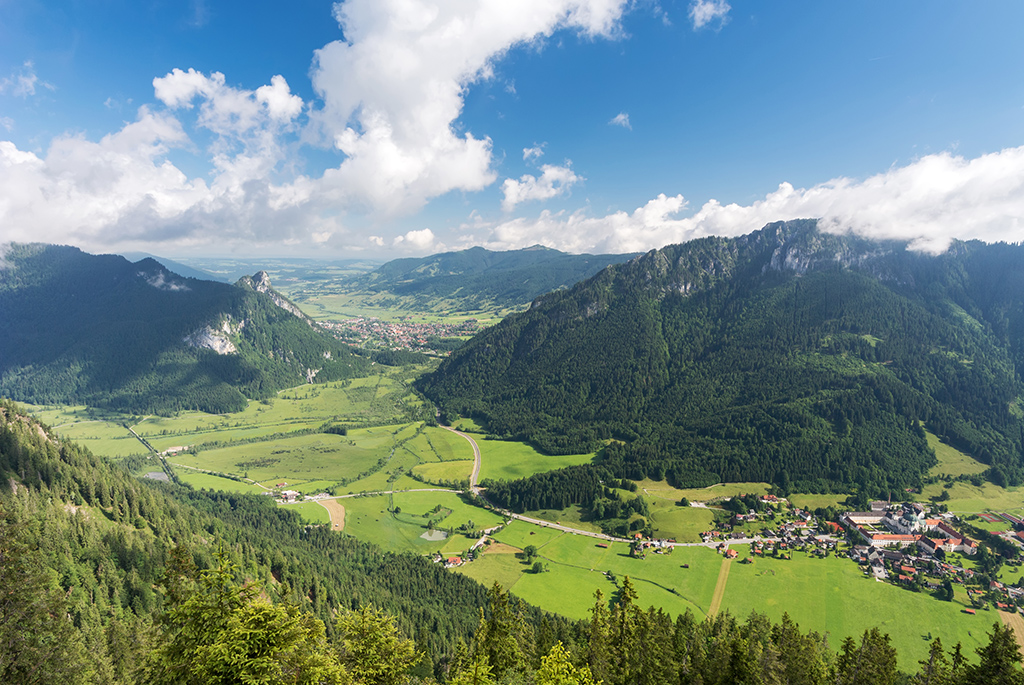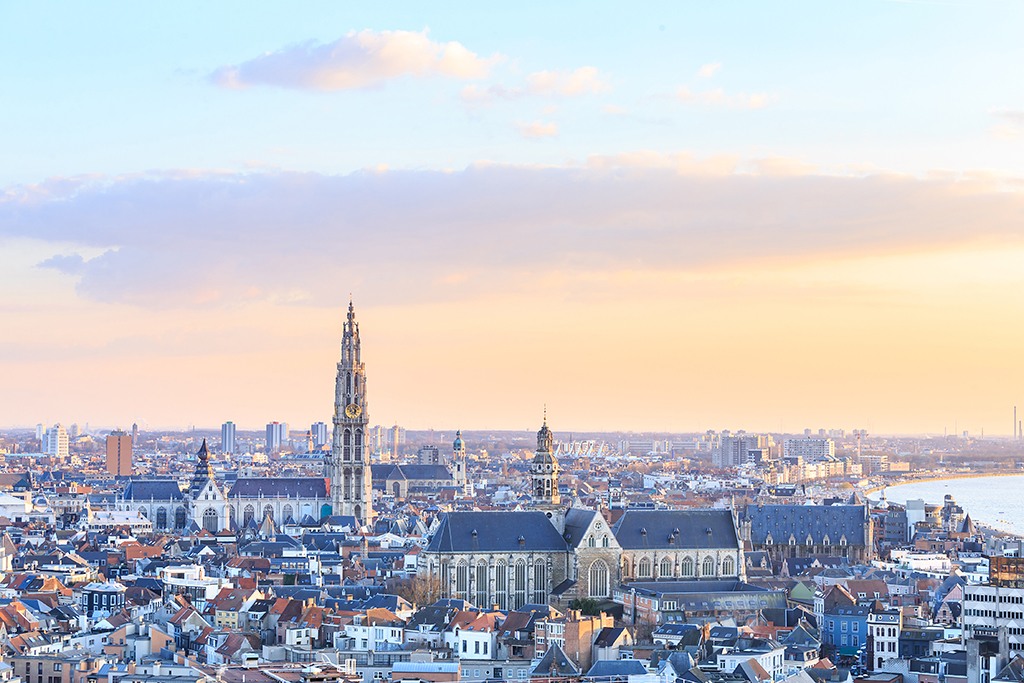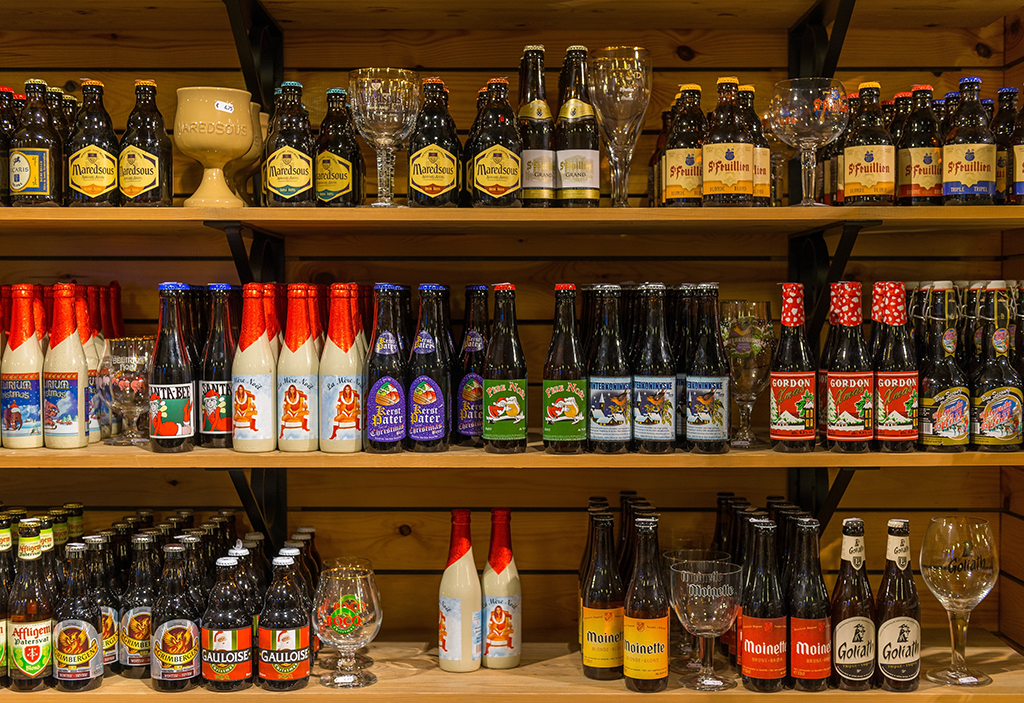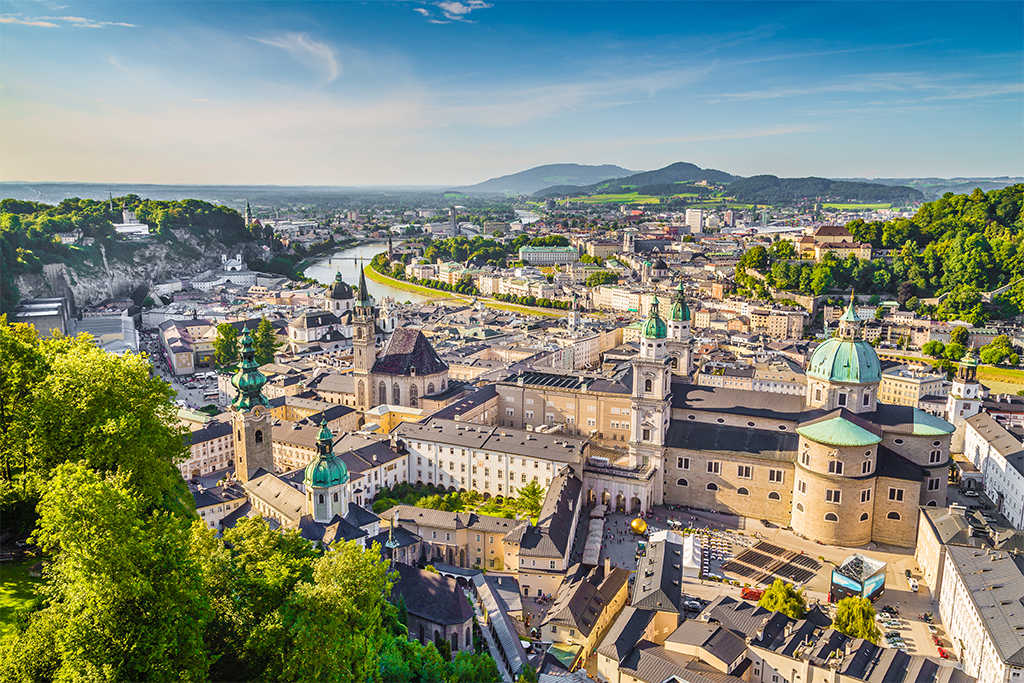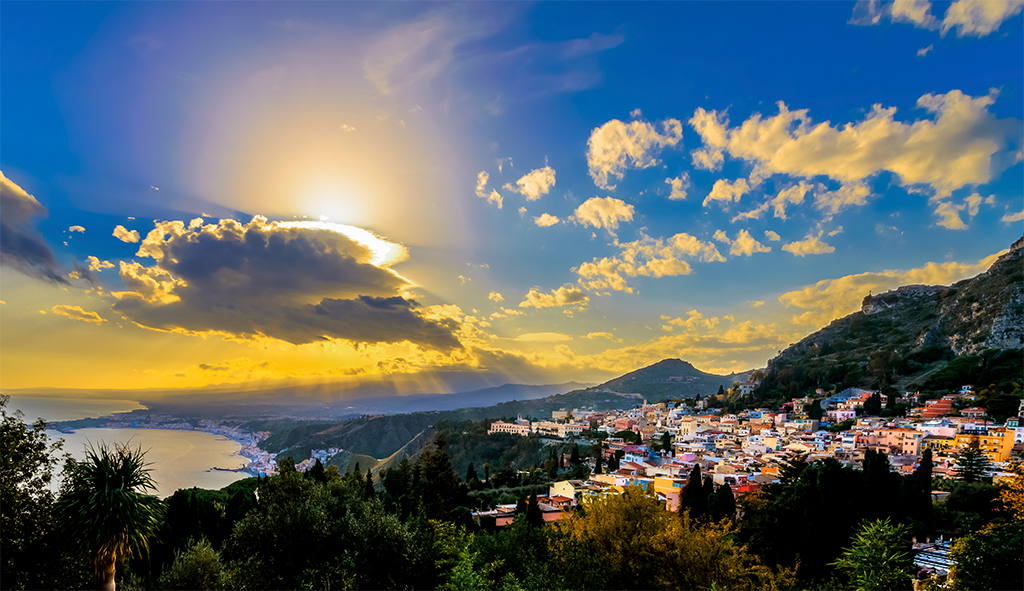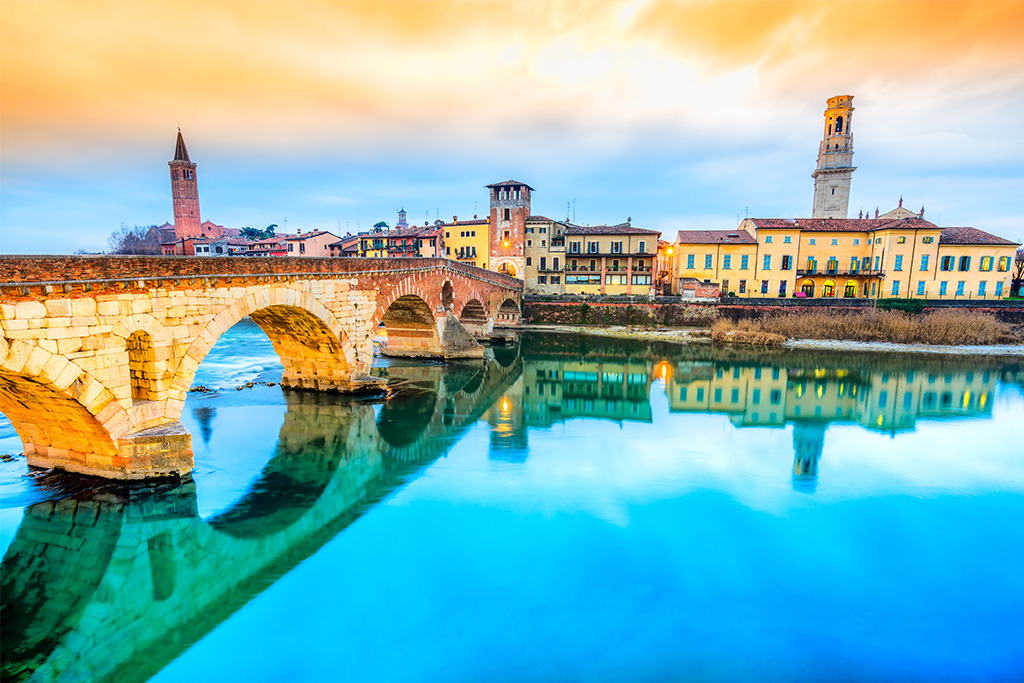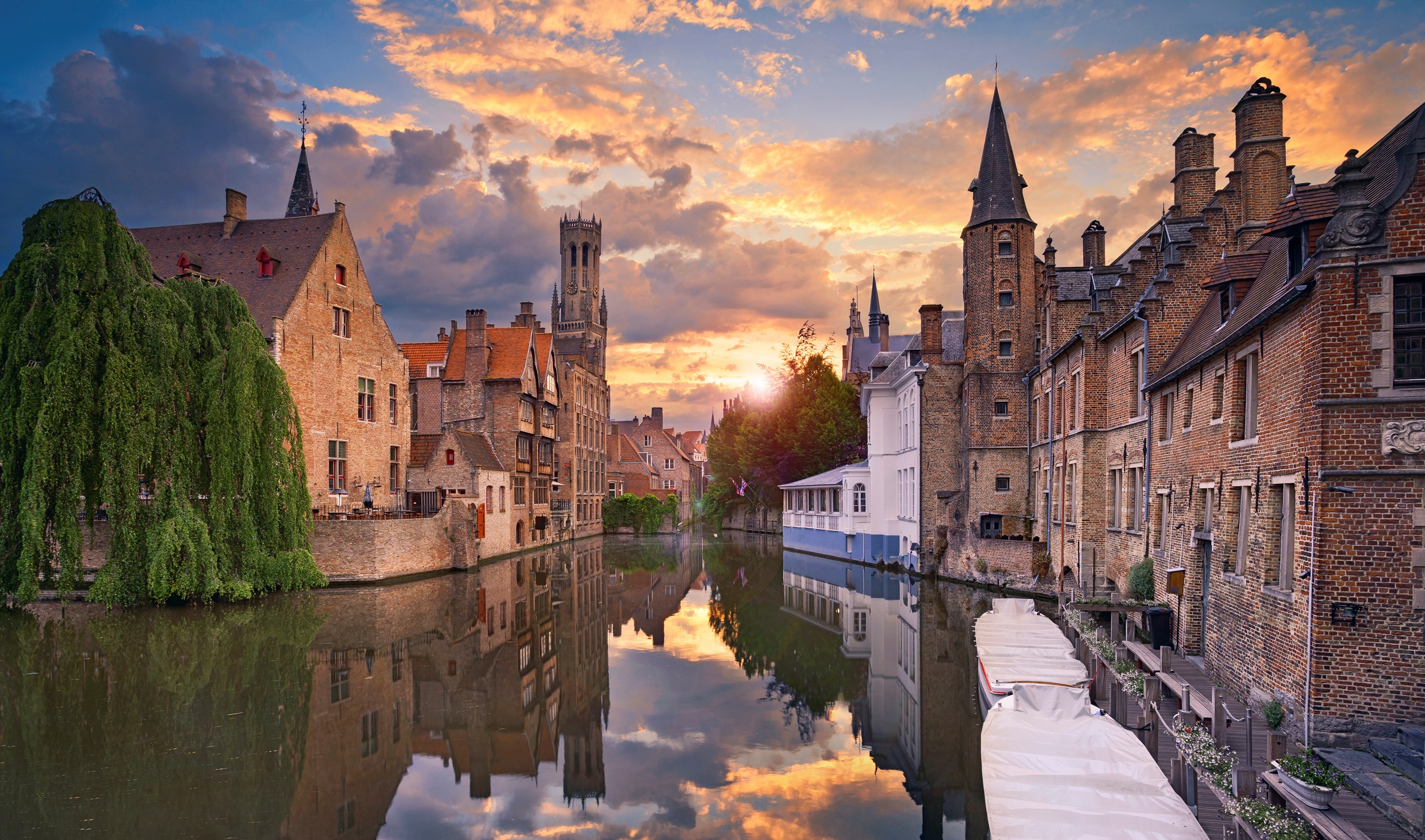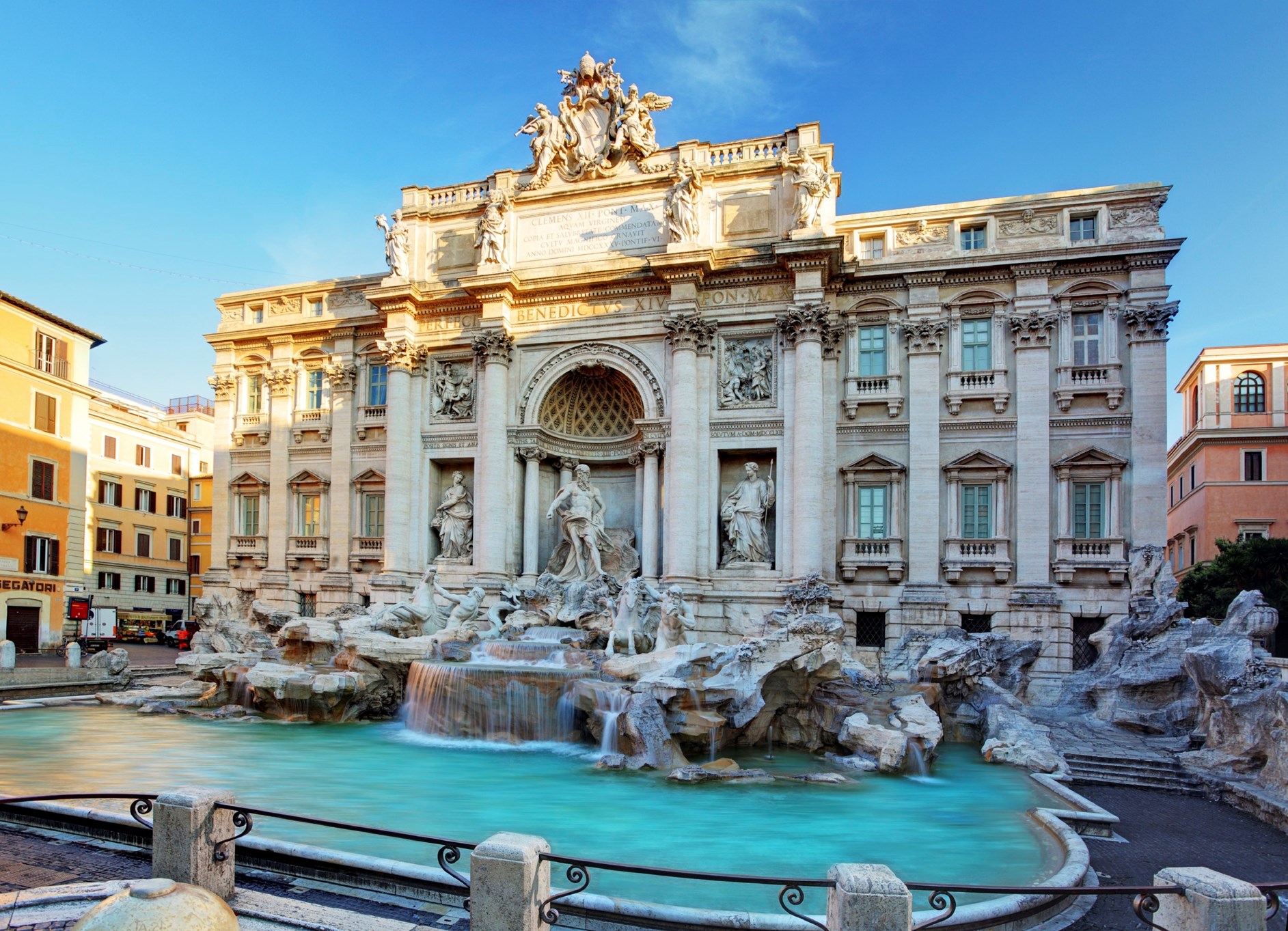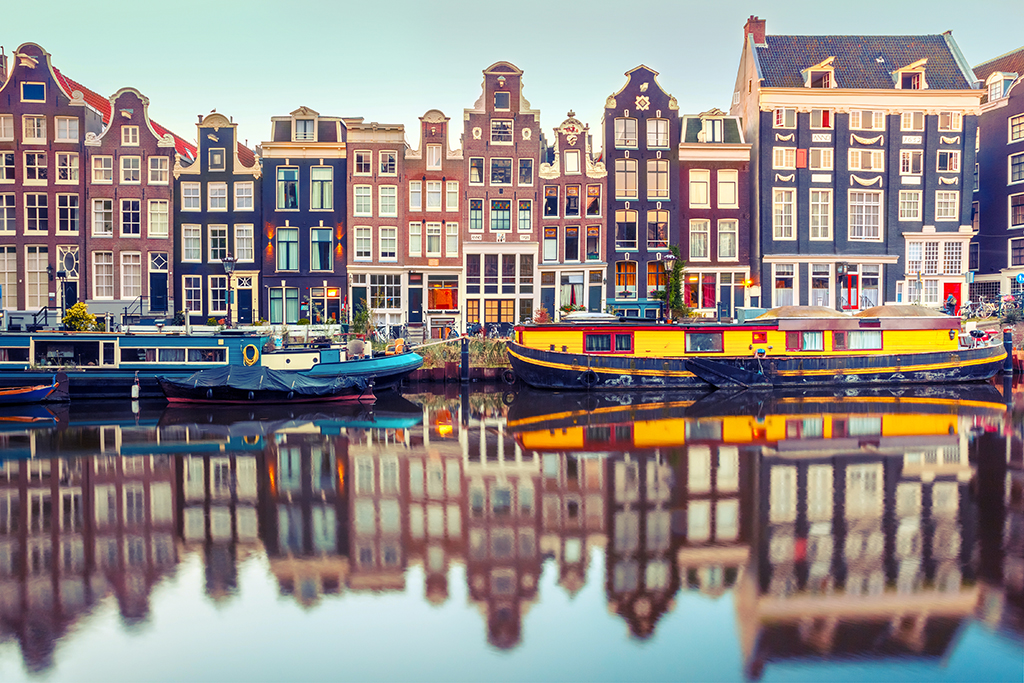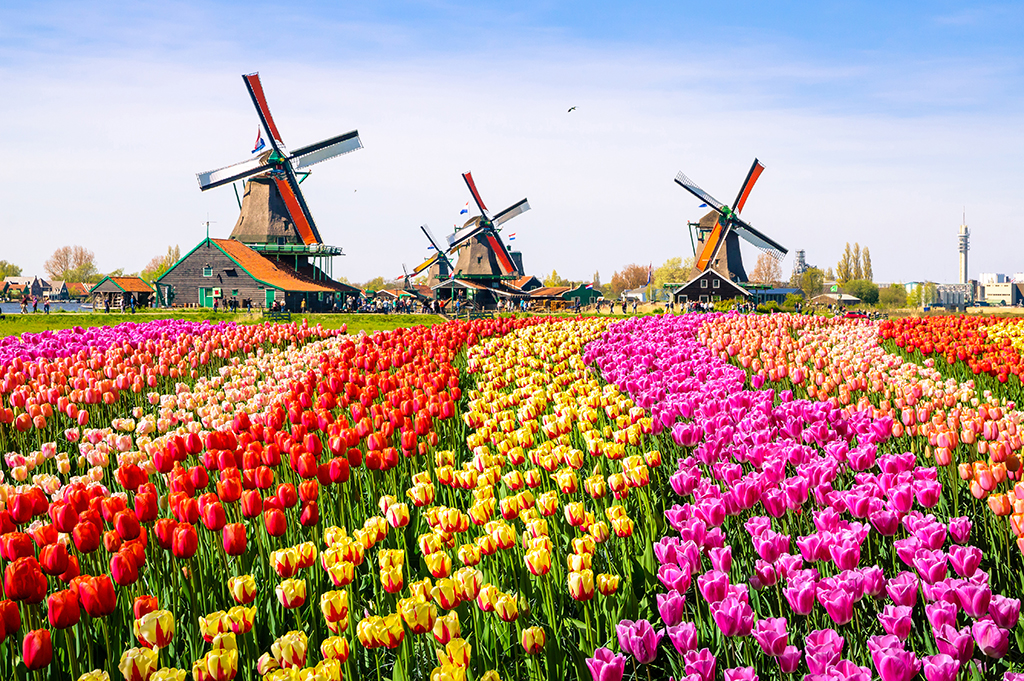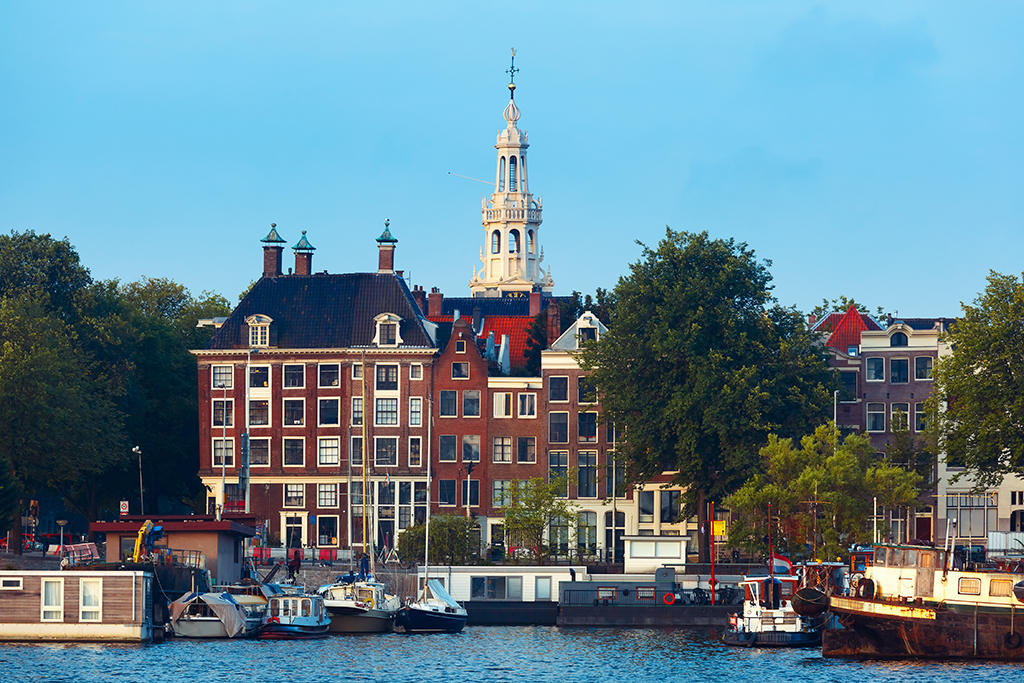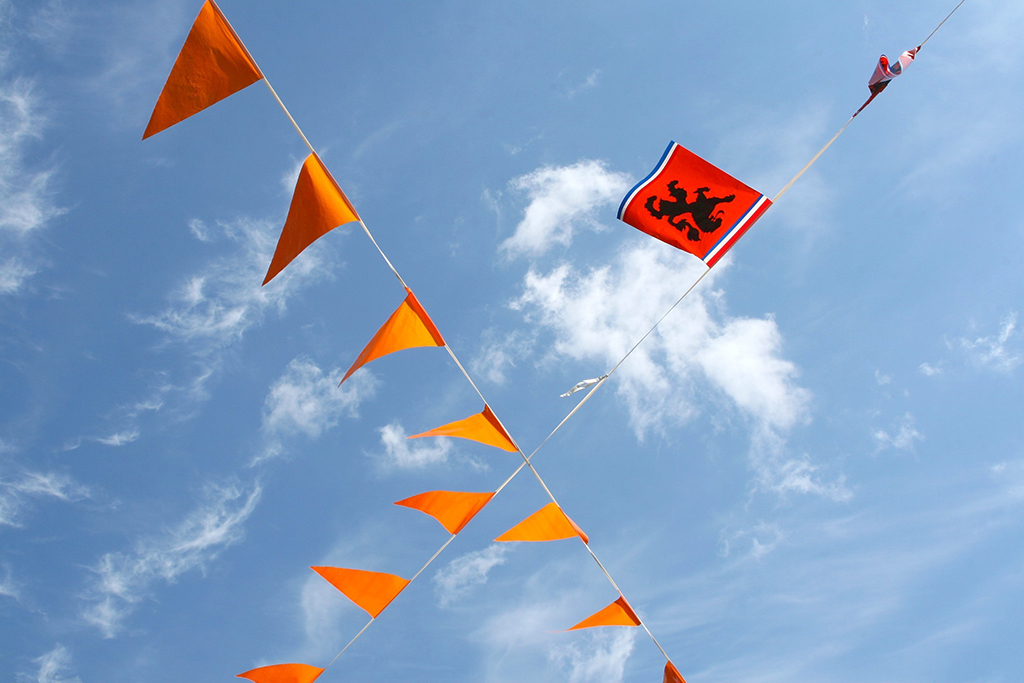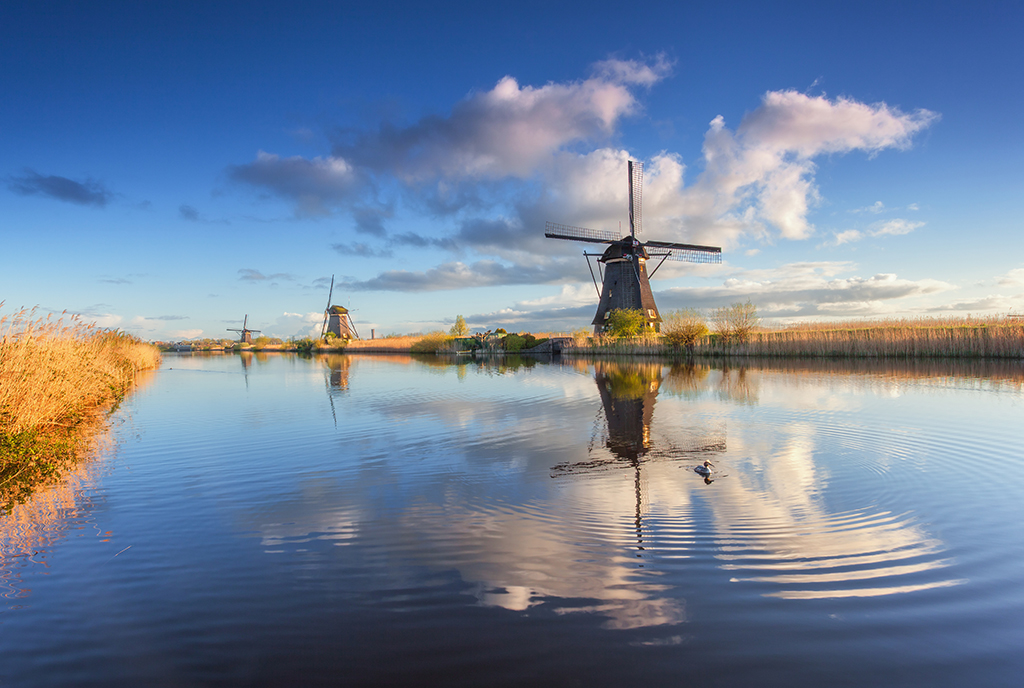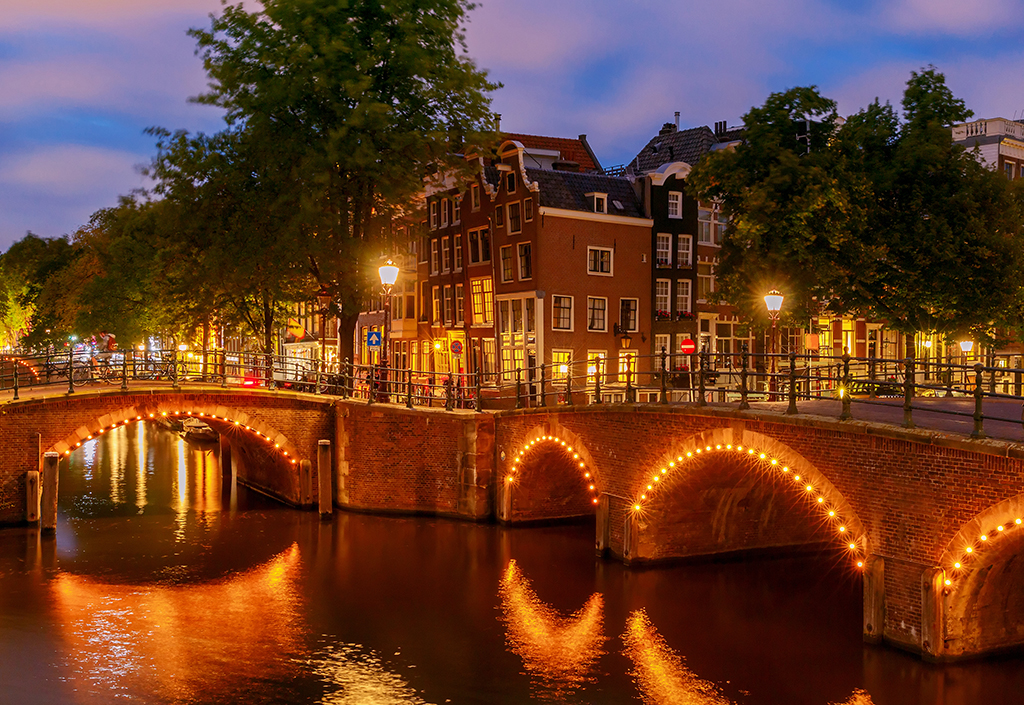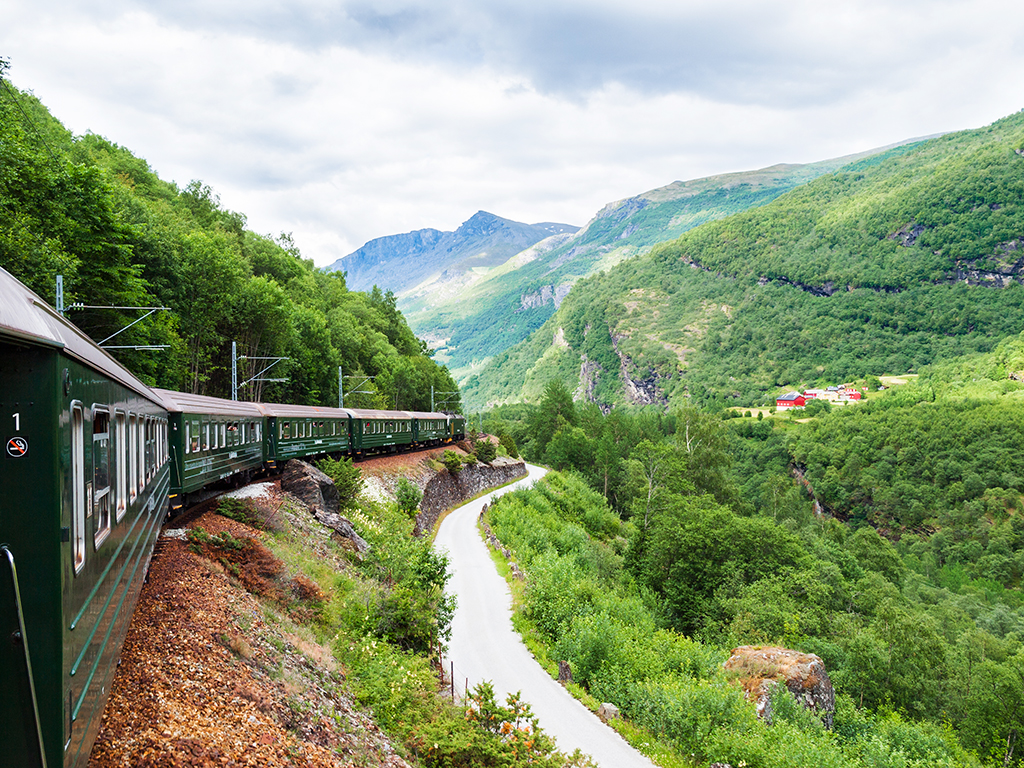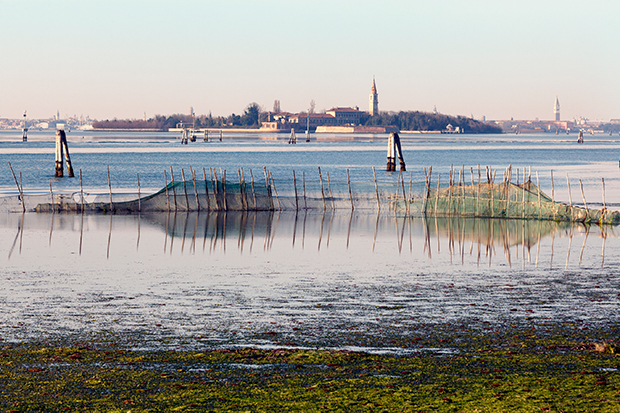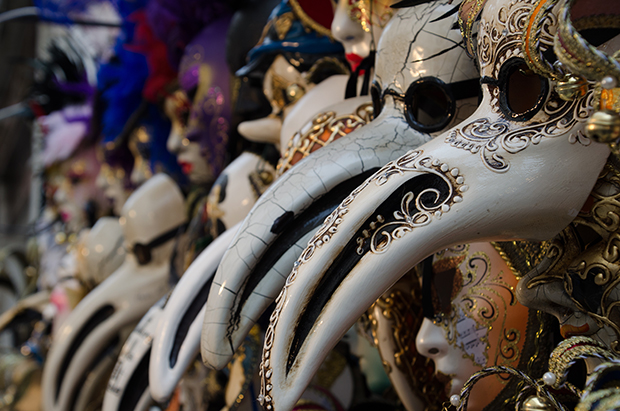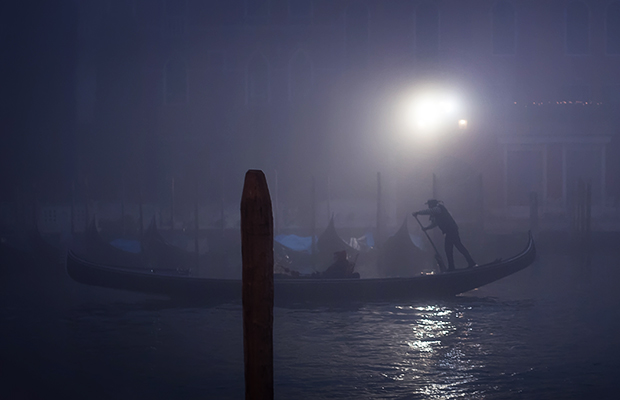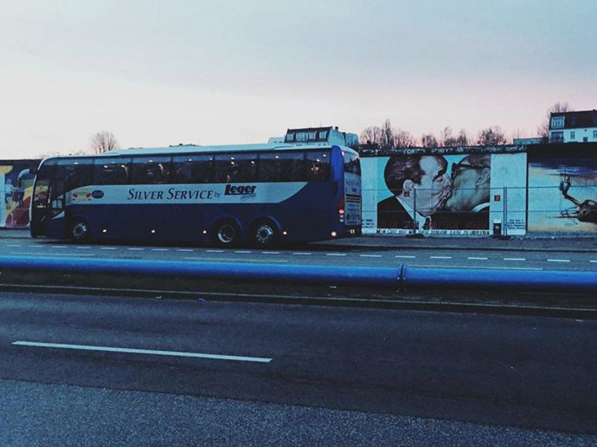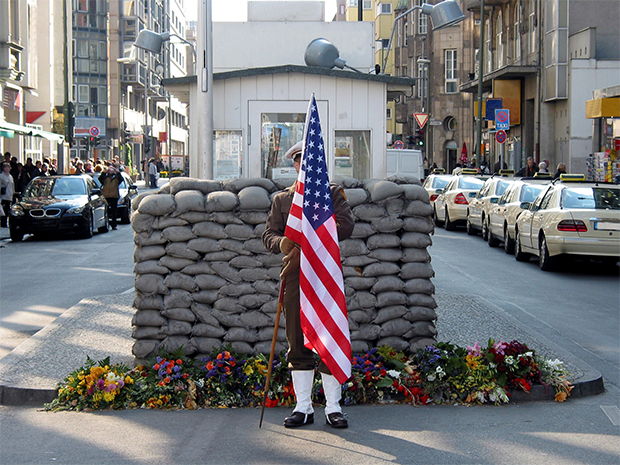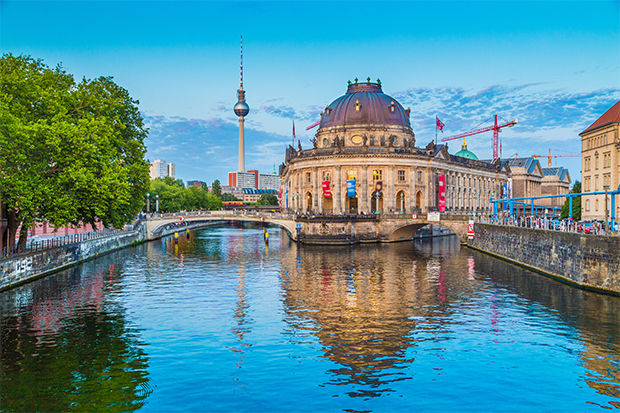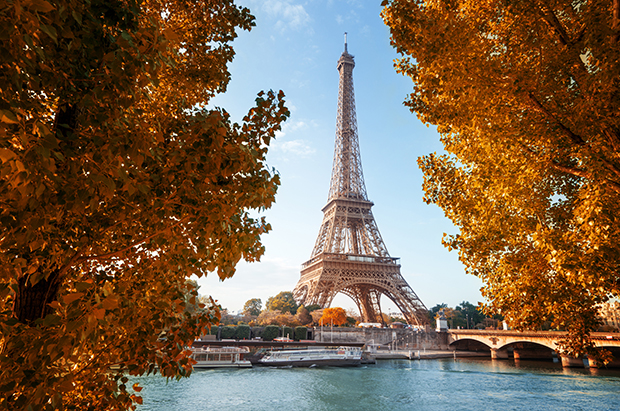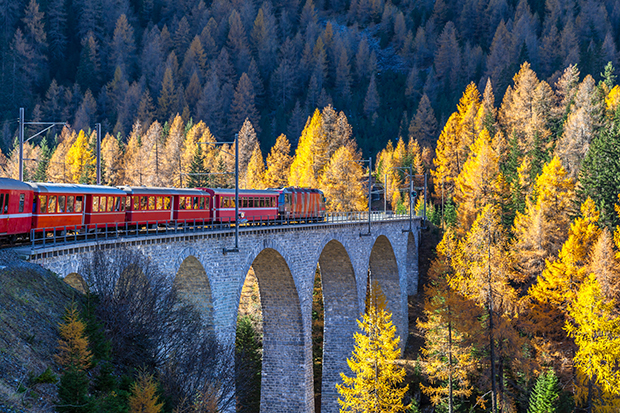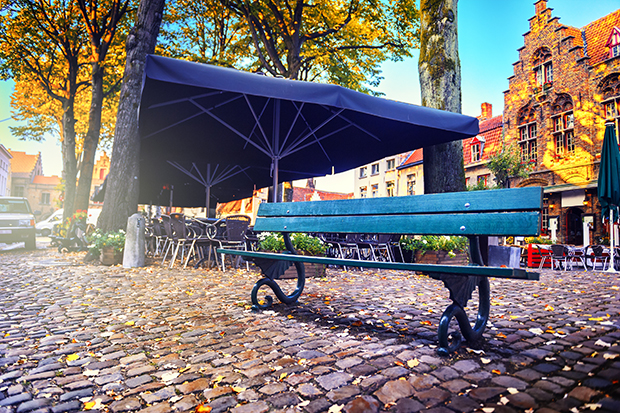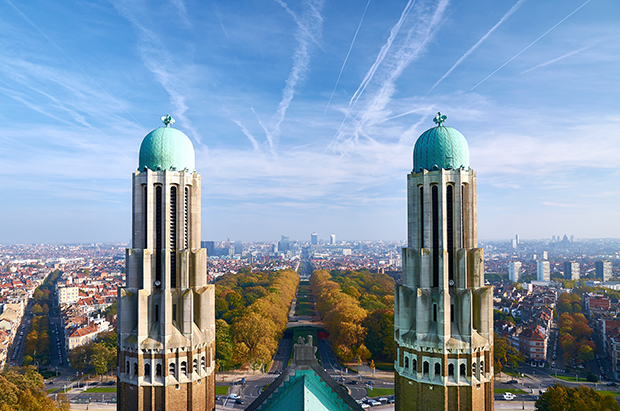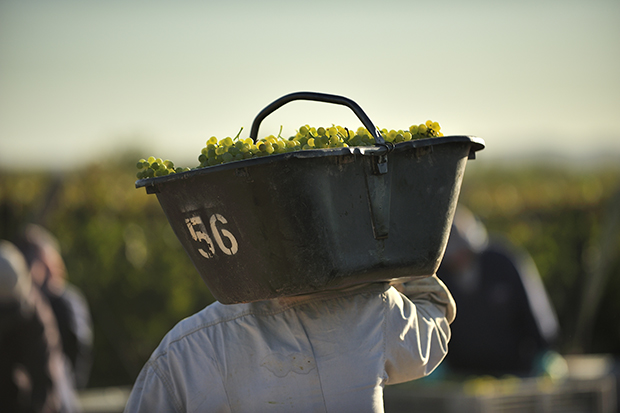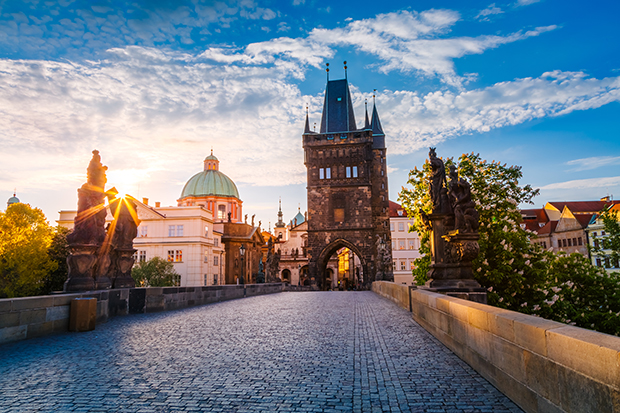There are a few things that may spring to mind when you think or Norway. Cold? Snow? Northern Lights? You’d be forgiven if so. But, we’re thinking of something a little different.
What we’re proposing might just come as a bit of a surprise… we’re saying summertime, lush scenery and the mighty Fjordland! And, possibly the most incredible summer holiday you’ve ever had.
Norway is host to our brand new summertime tour in 2018, with our Picturebook Norway tour setting off on its maiden voyage.
This fantastic holiday is actually the brain child of our Dream Tour Competition winner, Sue Godwin. But, we agree completely with her sentiments and are proud to call this, not only Sue’s, but our dream tour.
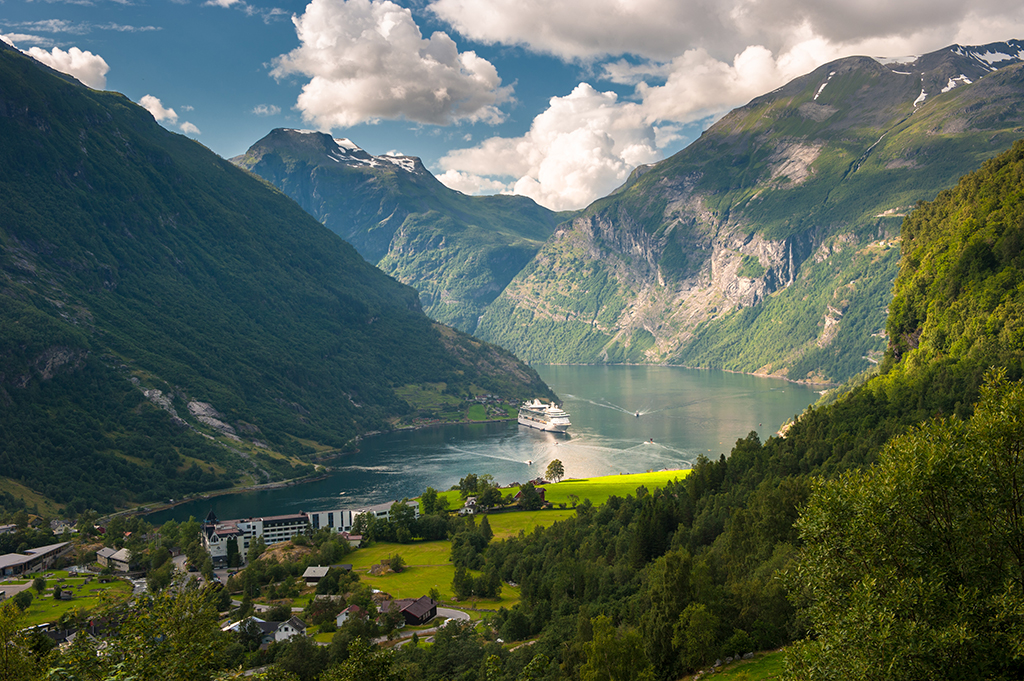
Why? You ask. Well, let us tell you just why a holiday to the Norwegian Fjords is the ideal summertime break.
Firstly, it’s not as cold as you think. The weather is surprisingly good!
In fact, from late June to early August, the weather is at its most stable and it’s not unusual for temperatures to reach 25°C and above. The days are sunny and bright and there’s plenty of daylight – perfect to see the Fjordland, in all of its beauty.
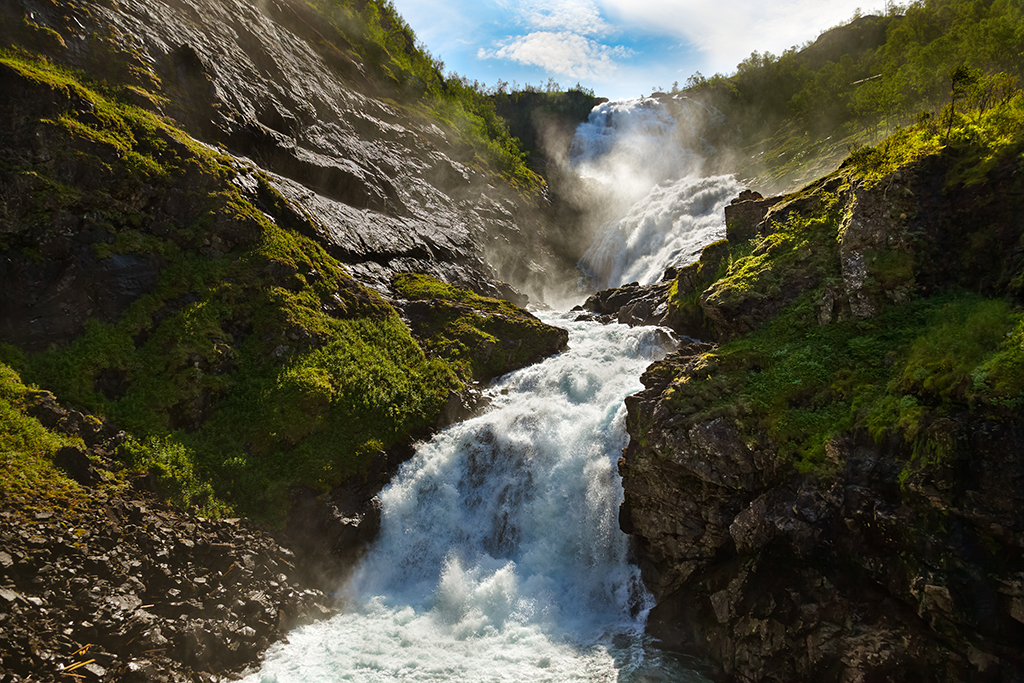
And, the favourable weather conditions actually give life to some of Norway’s most fruitful areas, producing an array of berries, vegetables and fruits.
Tasty tip: The combination of the water, the steep mountains, deep fjords and the heat from the sun help the Norwegians create some of the tastiest, locally produced juices in the world. The perfect way to quench your thirst on a warm, summer’s day.
In Fjord Norway sunsets and sunrises, dawn and dusk last longer than at more southern latitudes. And, with nice weather and plenty of daylight, you have the perfect ingredients to enjoy a fantastic stretch of sightseeing.

And, what better way to see the stunning fjords than on the Flåm railway? Dubbed the world’s most beautiful train journey, and one of the most popular tourist attractions in Norway, you can enjoy a magical journey from sea level at the Sognefjord to the Myrdal Mountain station – an impressive 867 metres high!
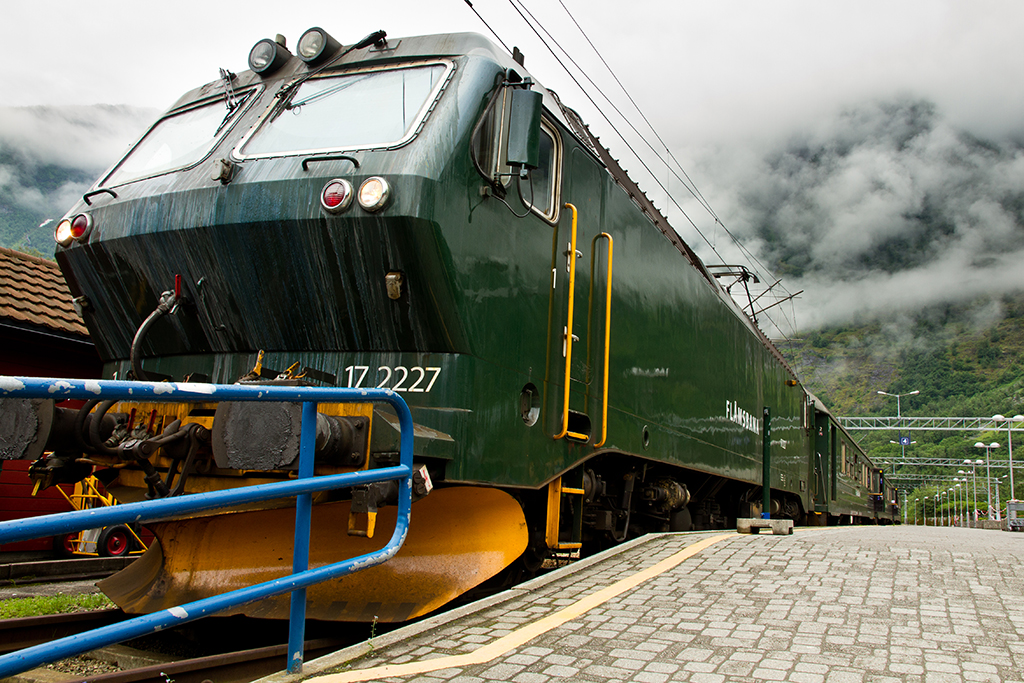
But, that’s not all. It’s also one of the steepest rail ways in the world with over 80 percent of the journey at a gradient of 5.5%, and whilst you can imagine that the view just from that would be pretty spectacular, there’s even a sprinkling of stunning waterfalls to make the journey even more special – it’s a real crowd pleaser and a journey you will never forget.
With the help of calmer weather you can find in the summertime, it gives you the perfect opportunity to get out and really get to know the Fjords.
Sognefjord is the longest and deepest Fjord in Norway – and the most famous in Norway. Its popular arm, Nærøyfjord, actually has a UNESCO World Heritage status and, alongside the Geirangerfjord, it has been rated the world’s number one heritage site – and yes, you will see them all on our Picturebook Norway tour, so don’t forget your camera.
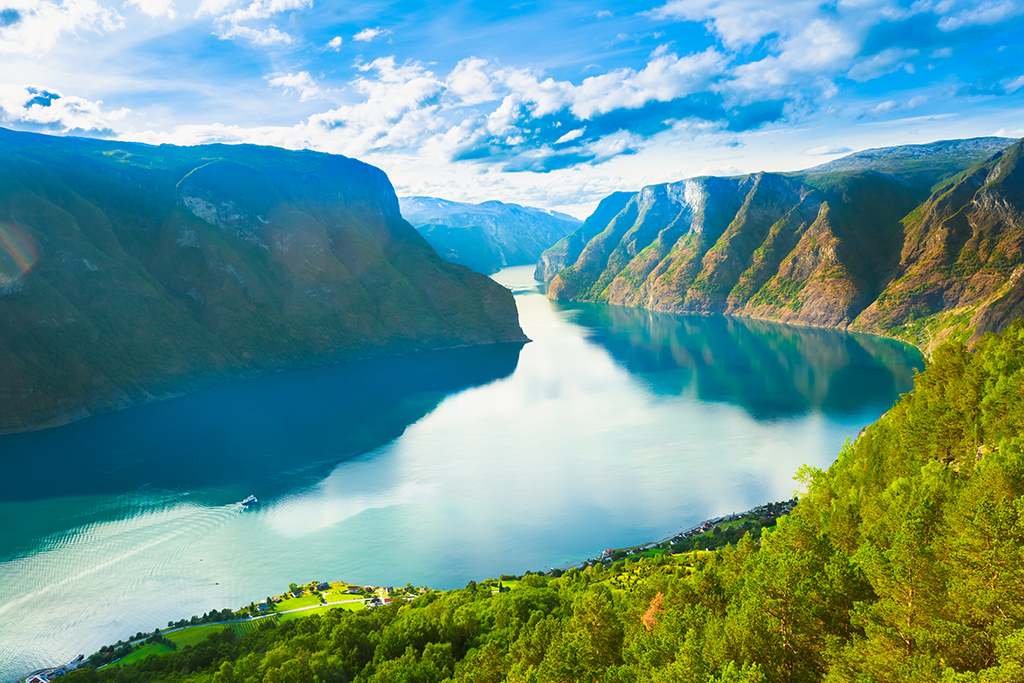
Whilst you may think the above alone seems like a pretty epic trip, there’s even more to see in the Fjordlands. The stunning Vøringfoss waterfall, the Bøyabreen glacier and the Hardanger Nature Museum, to name but a few. If nature is your thing, just think of the joy Norway will bring.
Leaving the Fjords, there’s still a lot more to Norway to keep that smile on your face! Its delightful towns and impressive cities offer plenty, even to the hardest to impress. From Bergen to the mighty Oslo, summertime really shines a light on these pretty spectacular destinations.
Full of history, and beaming with natural beauty, Norway’s second city, Bergen, is a true delight. The colourful facade of Bryggen is by far the most iconic sight you’ll see in the city, and it sure is beautiful.
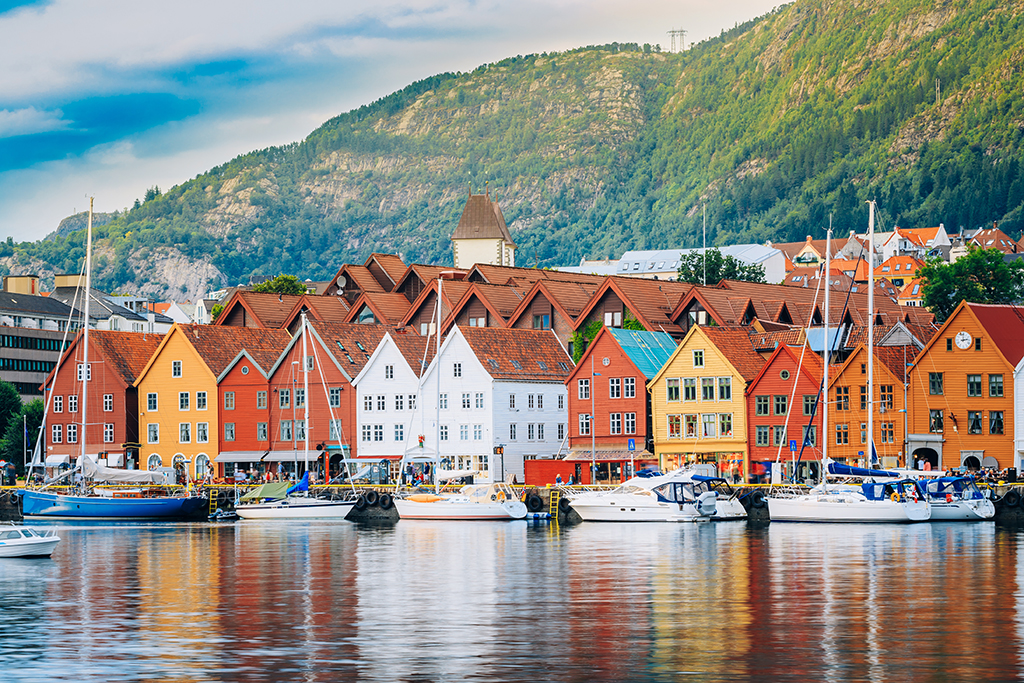
The Hanseatic Wharf is a great stop off point for a meal or a snack in the cafes and restaurants, enjoy a spot of shopping, or even just to enjoy the view.
Hot-footing it into Oslo, you’ll get time to enjoy the delightfully modern and diverse capital city and all the frills that come with it. A shopper’s paradise, a hub for culture and history and nature right at your fingertips.
Head down to the waterfront area where you can enjoy great bars, cosy cafes and fine restaurants, and enjoy the view over the Barcode’s skyscrapers, a delight to anyone with an interest in architecture.
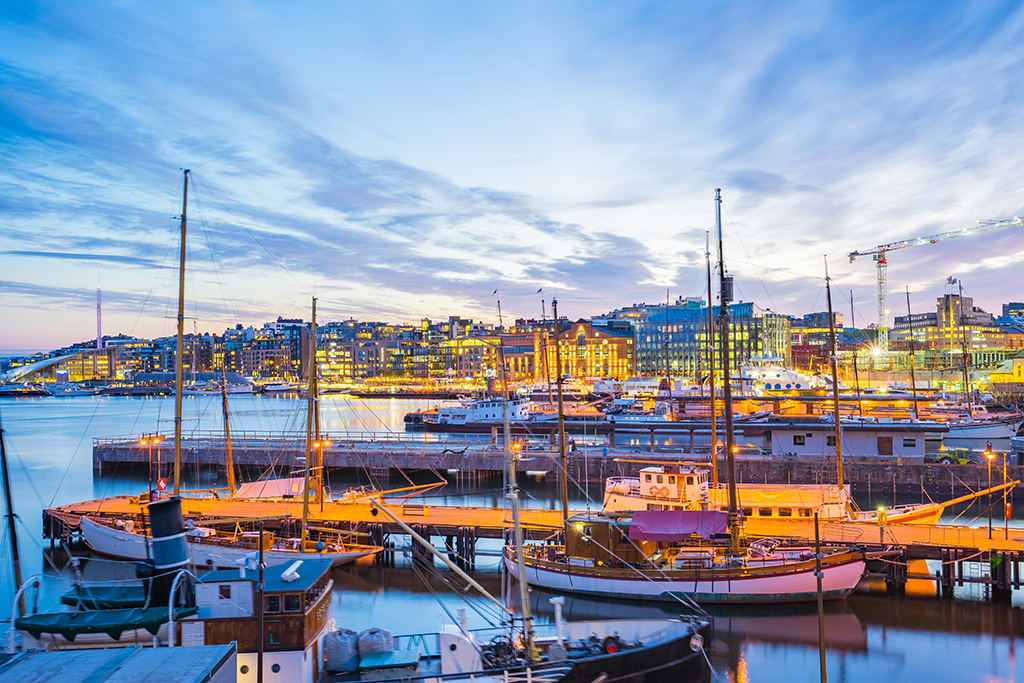
With a host of interesting restaurants and cafes, and with the strikingly modern opera house sitting on the water’s edge, the enchanting juxtaposition between Oslo’s new and old will be one of the defining memories of your holiday.
In conclusion, one thing is for sure, we could write a book on Norway and still feel like the words would still not do it justice. As they say, seeing is believing, and if you fancy the trip of a lifetime to the beautiful Norwegian Fjordland, find out more about our Picturebook Norway tour, right here.

